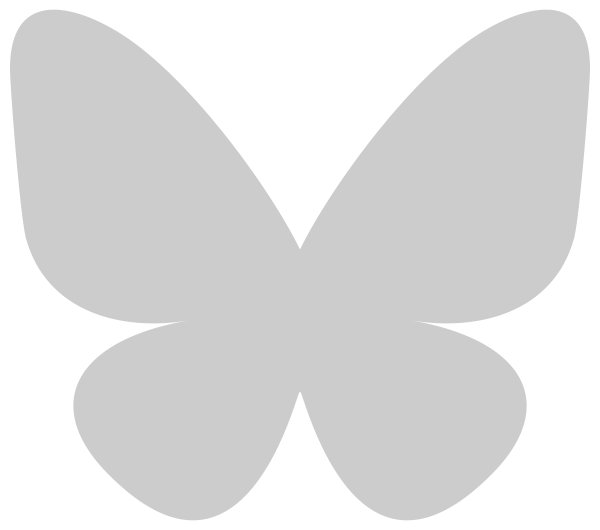So, in the process of trying to make this blog appear both spiffy and unique, I’ve thrown myself into the deep end of web programming. Well, really more like the shallow end as far as aptitude or agility go, but I am thoroughly soaked in it.
I find myself picking up on some of the structural ideas, the sort of framework at work behind what I need to be doing, but man, I haven’t felt like this since high-school. Even then the most I coded were a hundred or so lines of BASIC, maybe played around with HyperCard a bit. I took a C++ college course my senior year of high school but ended up skipping it most days for various flights of fancy. Ever since I have dipped my toes in various wells of code, only to jolt back at the shock of it. This time, though, I didn’t bother testing the waters. This time I jumped right in.
Good lord let me not drown.

